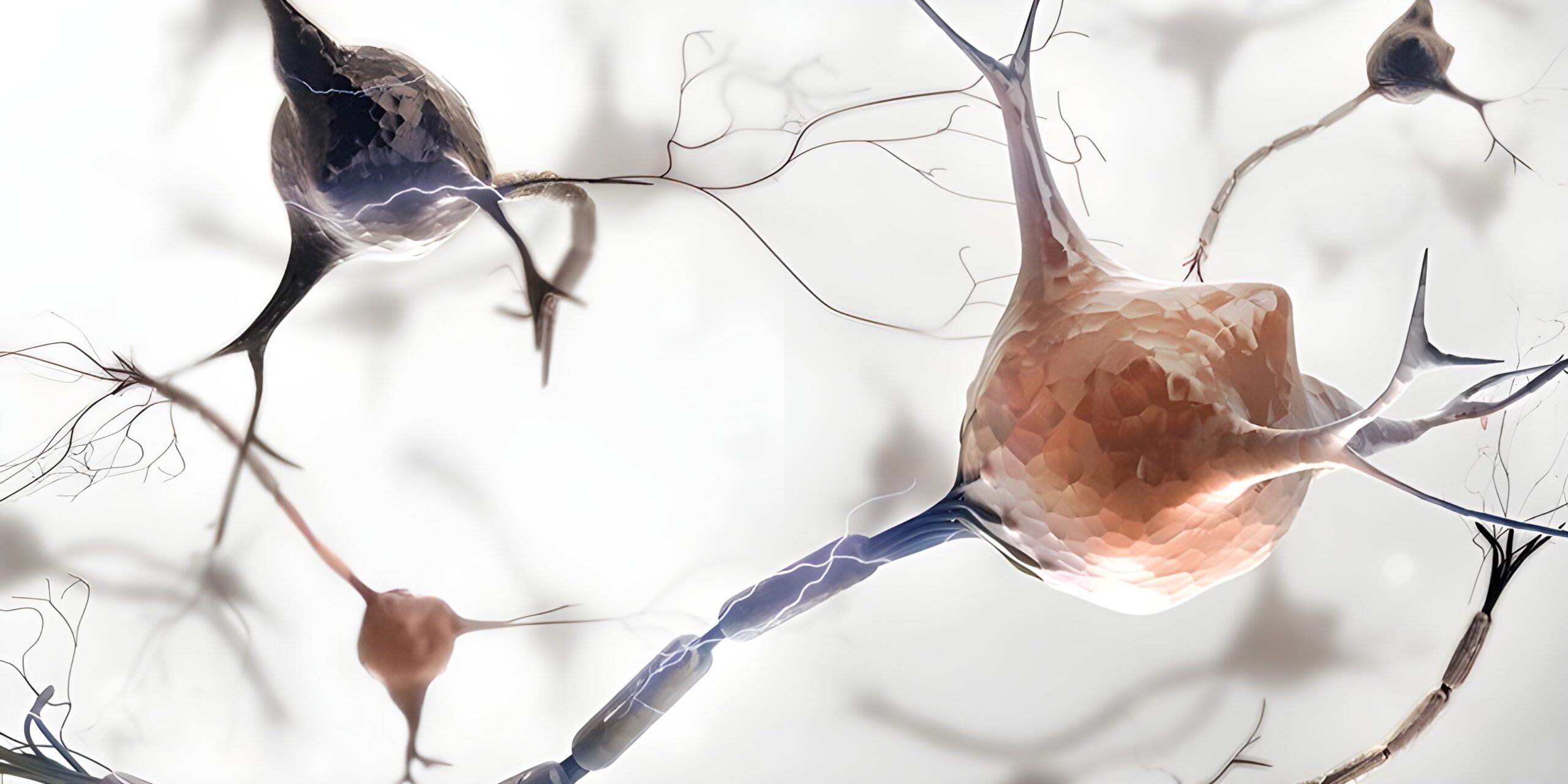A value is output which indicates the probability that a patient belongs to the group of ADHD patients or to the group of healthy persons. A probability score makes sense because the algorithm always spends only a portion of the total, and some patients have a high probability of having ADHD, while others tend to have a rather low and possibly different diagnoses for them. In our opinion, the assessment of the diagnosis must ultimately always remain clinical, that is, the specialist must take responsibility for the overall picture. However, the ADHD index is of great importance because it is undisputed that the biological conditions in the brain significantly influence behavior, feeling and thinking. Professionals, patients, the health system (less blind flights) and discipline benefit from objective and evidence-based diagnostics.
On 25.11.2018 Sarah Vetsch and Andreas Müller spoke on the occasion of the congress of the International Society for Pharmaco EEG in Zurich about the genesis, reliability and application of the ADHD Index. The ADHD index was developed using machine learning systems within the framework of the CH-ADHD project and consists of a network of biological markers that can best separate ADHD patients and healthy individuals.


